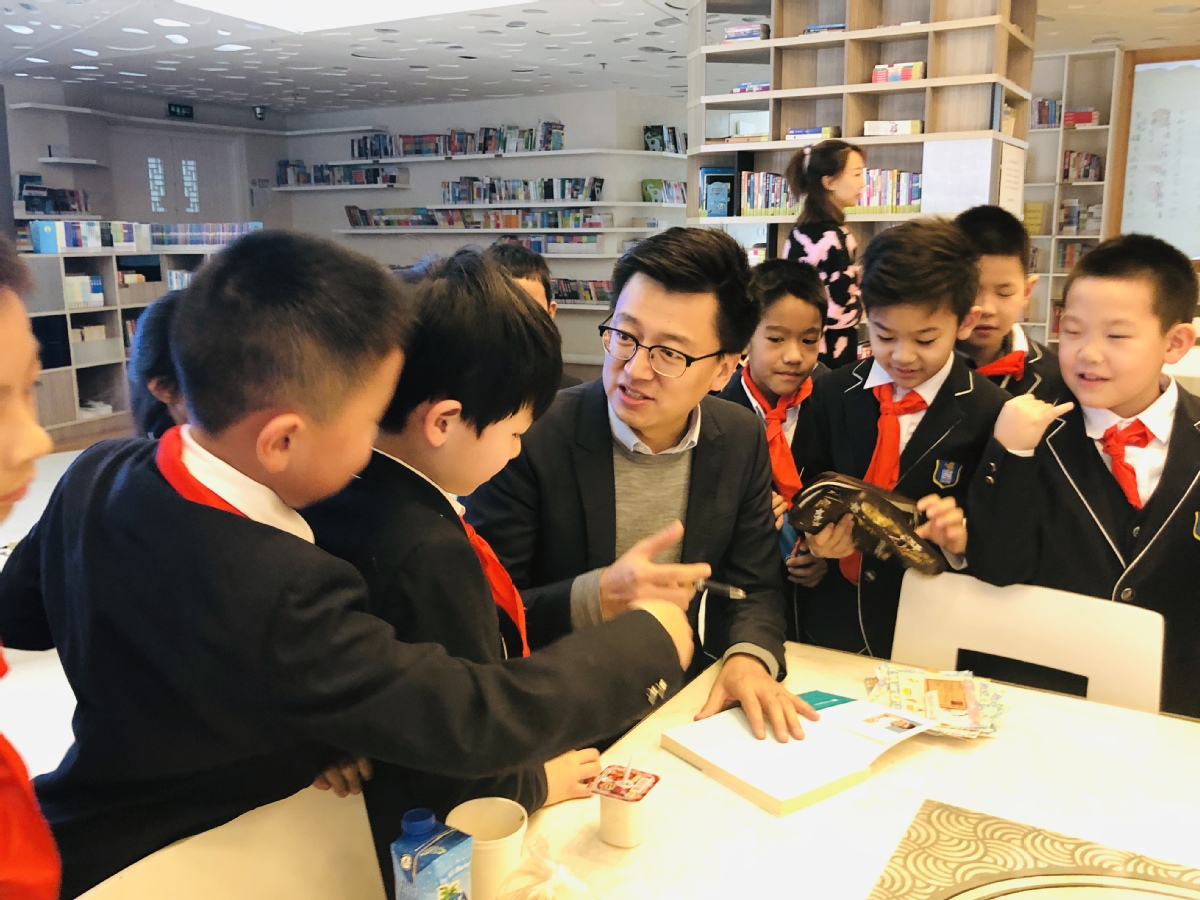

Aquaint, traditional courtyard off the beaten track has become a hit among visitors since Zhang Peng took the helm six years ago.
Nestled on a tree-covered hillside on the northern shore of Xihai Wetland Park in Beijing's Xicheng district, the Guo Shoujing Memorial Hall has served as a museum for more than 30 years, recounting the stories of Guo Shoujing, a Chinese astronomer, hydraulic engineer and politician of the Yuan Dynasty (1271-1368).
Since the summer season started a month ago, Zhang has been busy receiving "study tour" participants from across the country.
"We've extended our service by two hours to 7 pm and night activities like reading sessions, watercolor painting and embroidery have been held," says Zhang.
The events are all related to the history and culture along the Beijing-Hangzhou Grand Canal which Guo contributed to in its design.
The site is not large — about 800 square meters — with the exhibition hall covering roughly a quarter of the space, but it offers a wealth of information on the historical figure.
Zhang and his team offer visitors vivid and detailed guidance once they enter.
"Guo left two major legacies in astronomy and water conservancy," Zhang says.
"It is said that throughout his life, Guo developed more than 20 different types of astronomical instruments," Zhang adds.
There are life-size models of the armillary sphere and a simplified one at the museum.
Guo came up with the abridged one for better observation.
"The ball bearings used in the simplified armillary sphere were invented more than 200 years before they appeared in the West," Zhang says.
It was because of these advanced instruments that more accurate fundamental data was obtained, leading to the creation of the Shoushi (Season-Granting) Calendar, which has widely been deemed the most precise calendar of its time in the world.
"It's astonishing to think that over 700 years ago, with limited technology, Guo measured the length of a solar year with an error of only 0.003 days compared to today's precise measurements — equivalent to just 26 seconds," Zhang says.
As for water conservancy, Guo proposed to build an artificial canal in Shandong on the existing Grand Canal to allow cargo ships to bypass Luoyang of Henan province and sail straight to Beijing.
"Although Guo never visited the construction site in Shandong, the overall plan was based on his preliminary surveys. Therefore, whenever I share this story with friends, I always emphasize that Guo was the planner of the Beijing-Hangzhou Grand Canal," Zhang says.
Construction began in 1292 and was completed in 1293, allowing cargo ships to arrive at the port of Jishuitan, where the Guo Shoujing Memorial Hall was thus established.